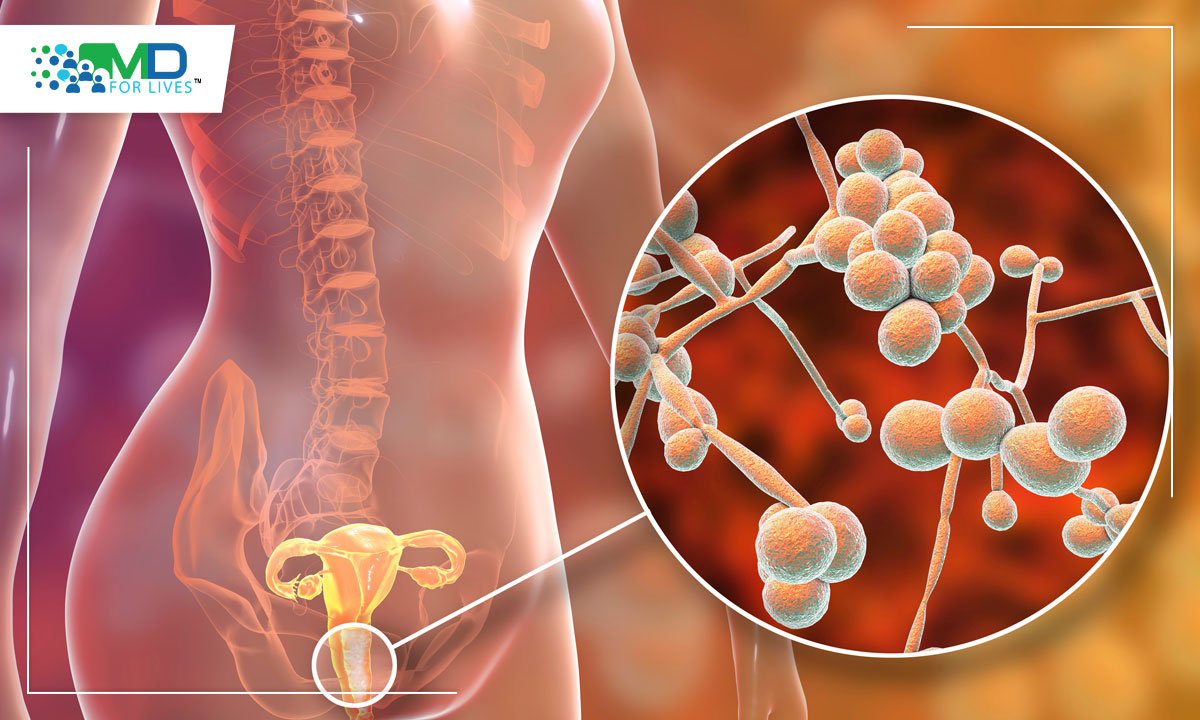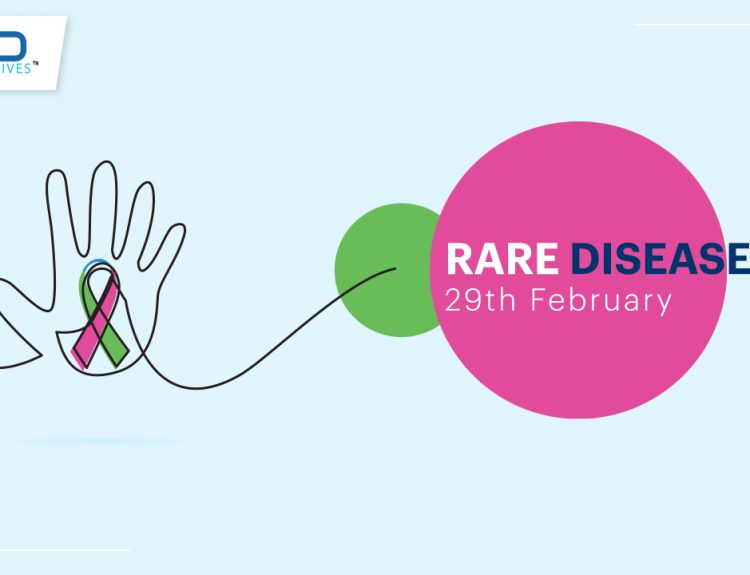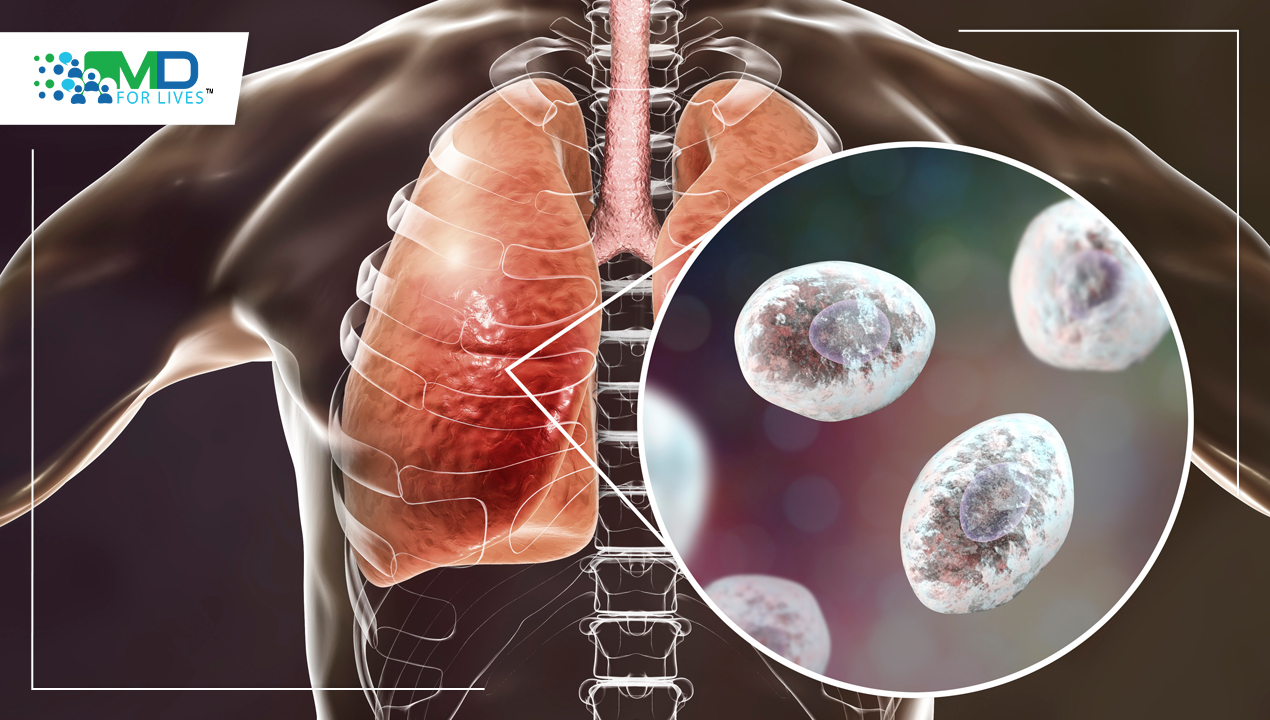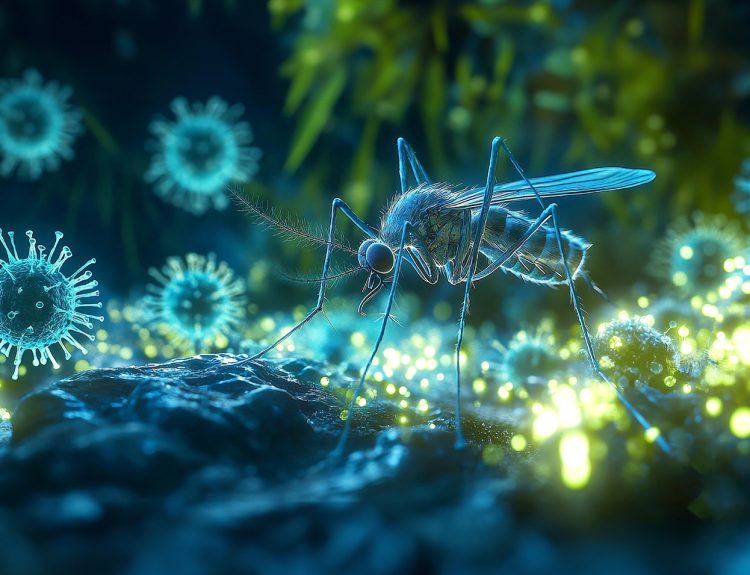Researchers have solved an evolutionary mystery about a deadly pathogen that is fueling the superbug crisis: it can reproduce through sex. While such mingling is uncommon, scientists believe it may result in more drug-resistant and virulent Candida auris strains capable of spreading faster.
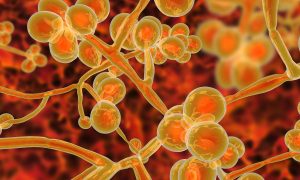
What is Candida auris fungus?
Candida auris is a multidrug-resistant pathogenic yeast that has recently emerged and is capable of causing a wide range of human infections worldwide.
Candida auris resistance: It is frequently multidrug-resistant, which means it is resistant to a variety of antifungal drugs commonly used to treat Candida infections. C. auris has a high rate of antifungal resistance and is resistant to azoles, polyenes, and echinocandins. More than 90% of C. auris isolates tested positive for fluconazole resistance in vitro. Resistance to voriconazole and amphotericin B in C. auris was found to be 3–73% and 13–35%, respectively.
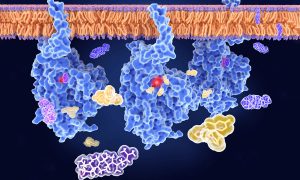
Deadly fungal infection Candida auris: It has caused outbreaks in medical facilities. As a result, it is critical to identify C. auris in a hospitalized patient as soon as possible so that healthcare facilities can take special precautions to prevent its spread. C. auris has caused bloodstream infections, wound infections, and ear infections. It also has been isolated from respiratory and urine specimens, but it is unclear if it causes infections in the lung or bladder. People who have recently spent time in nursing homes and who have lines and tubes going into their bodies (such as breathing tubes, feeding tubes, and central venous catheters) appear to be the most vulnerable to C. auris infection.
According to available data, the risk factors for Candida auris infections are generally similar to those for other types of Candida infections. Recent surgery, diabetes, and the use of broad-spectrum antibiotics and antifungals are all risk factors. Infections have been discovered in patients ranging in age from preterm infants to the elderly. More research is required to learn more about the risk factors for C. auris infection.

Candida auris genetic studies: Studies have revealed that a significant proportion of its genes are involved in central metabolism, which is a common trait among pathogenic Candida species that allows for adaptation in diverse environments. Candida auris shares many virulence characteristics with Candida albicans, including enzyme secretion, nutrient acquisition, siderophore-based iron acquisition, tissue invasion, a two-component histidine kinase system, and cell wall modeling pathways. Virulence factors may vary depending on the strain. A study of 16 C. auris isolates revealed varying levels of phospholipase and proteinase production.
Candida auris death rate: Patients with C. auris who were diagnosed late had a 35.2% 30-day Candida auris mortality rate.
Candida auris transmission: C. auris is transmitted directly from patient to patient in healthcare settings such as hospitals and nursing homes. It could also be transmitted through contact with contaminated surfaces in the environment. Echinocandins are, in fact, the first-line treatment for C. auris infection. In cases of echinocandin resistance, combination therapy of echinocandin and liposomal amphotericin B is prescribed because synergistic interactions have higher efficacy. However, three cases of pan-resistant C. auris with resistance to all three classes of commonly prescribed antifungal drugs have recently been reported in the United States. Data on the molecular mechanisms of C. auris resistance to antifungal agents are scarce, and the precise mechanism of resistance in isolates is unknown. According to some studies, C. auris escapes the microbicidal effect of all antifungal agents via various mechanisms, including but not limited to mutations in the ERG3 and ERG11 genes, up-regulation of efflux pump genes, and single-nucleotide polymorphisms (SNPs) in various genome loci. The South Asia clade has been shown to have higher antifungal resistance than other C. auris clades. Similarly, the reported pan-resistant cases in the United States emerged in New York, where the South Asia clade (clade 1) predominates.
McMaster University researchers have solved an evolutionary mystery of the deadly pathogen that is fueling the superbug crisis: it can reproduce through sex. The researchers of this study looked at nearly 1,300 strains from a public database of C. auris genome sequences. They looked for and confirmed recombination events, also known as sexual activity.
Through sexual activity, if one strain develops a resistance to one drug and another strain develops a resistance to another drug, they may generate offspring that are resistant to both medications
There is a chance for them to interact and mate due to the mixing of strains in the same hospital, possibly even in the same patient.
In earlier research, Xu and his colleagues at the University of Delhi discovered drug-resistant C. auris strains on the skins of two well-known stored apple cultivars, Royal Gala and Red Delicious, which had been given fungicide treatments to lengthen their shelf lives. The findings of that investigation revealed that the apples might serve as a gateway for the yeast, aiding in the spread of drug-resistant strains.
Researchers examined the whole genome SNPs of 1,286 C. auris strains collected from around the world over the last 20 years to look for potential recombination signatures in this species. SNPs in both the nuclear and mitochondrial genomes were examined, both in the overall sample and in each of the four clades where multiple strains were sequenced. In both the total sample and each of the four individual clades, their analyses revealed signatures of infrequent recombination. Furthermore, specific groups of SNPs, such as those in genes involved in antifungal drug resistance and those shared by all four clades, were separately analyzed to help identify potential contributors to the observed recombination signatures. Allelic association patterns differed between sample types and between the nuclear and mitochondrial genomes.
SNPs at antifungal resistance loci exhibited recombination frequencies comparable to or lower than those observed for SNPs in other parts of the genome. The evidence for observed recombination both before and after the clade divergence, though very limited, suggests the possibility of continuous genetic exchange in natural populations of this important yeast pathogen. This fungus can recombine in nature and has done so in the past, which enables it to produce new genetic variants rather quickly. That might sound terrifying, but it’s a double-edged sword because in the lab, it might be possible to mimic how the fungi recombine in nature, which would help us understand the genetic controls of virulence and drug resistance, as well as perhaps other traits that make it such a dangerous pathogen, much faster.
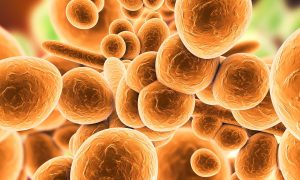

MDForLives is a vibrant community of healthcare professionals and patients dedicated to shaping the future of healthcare. We provide valuable global insights to healthcare companies through online surveys, interviews, and discussion forums.

